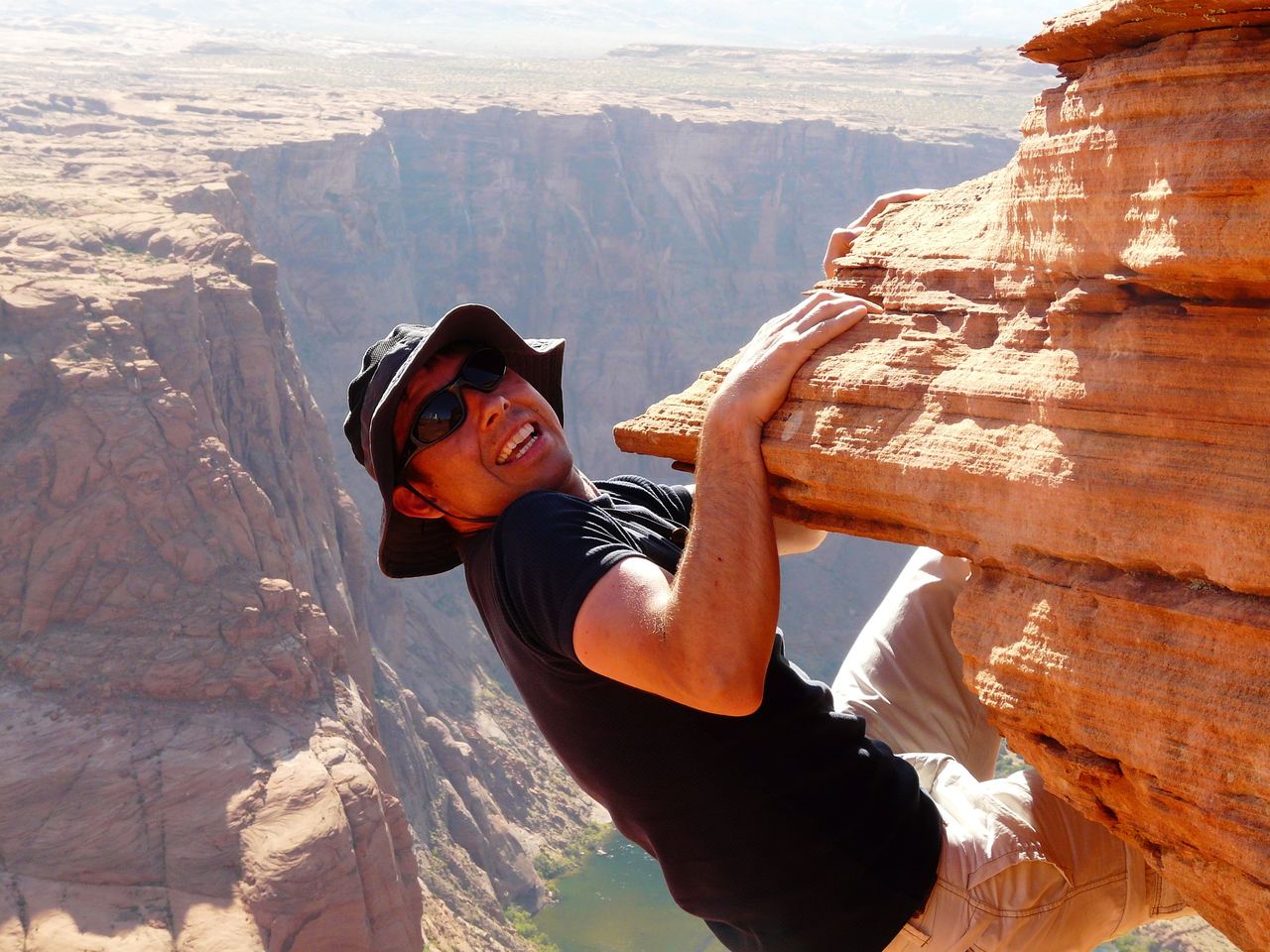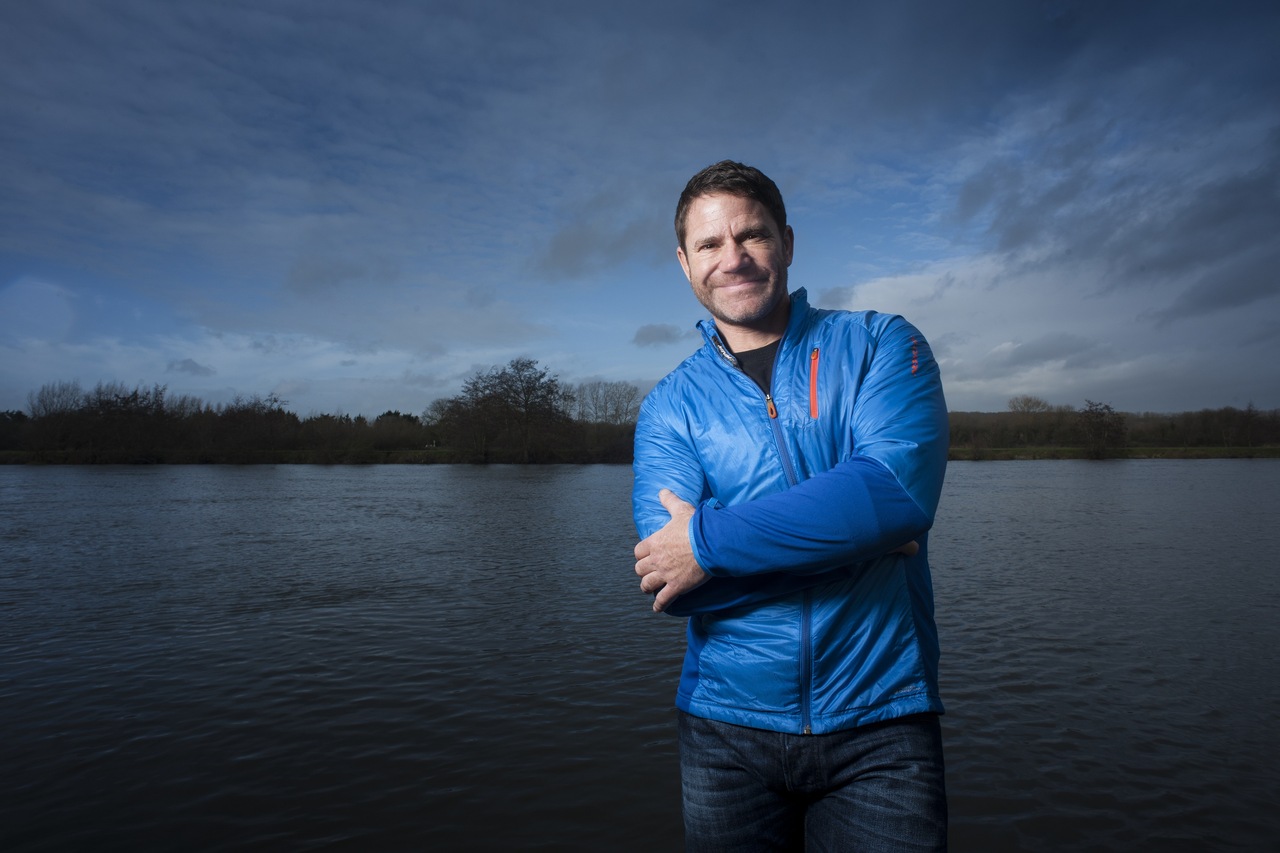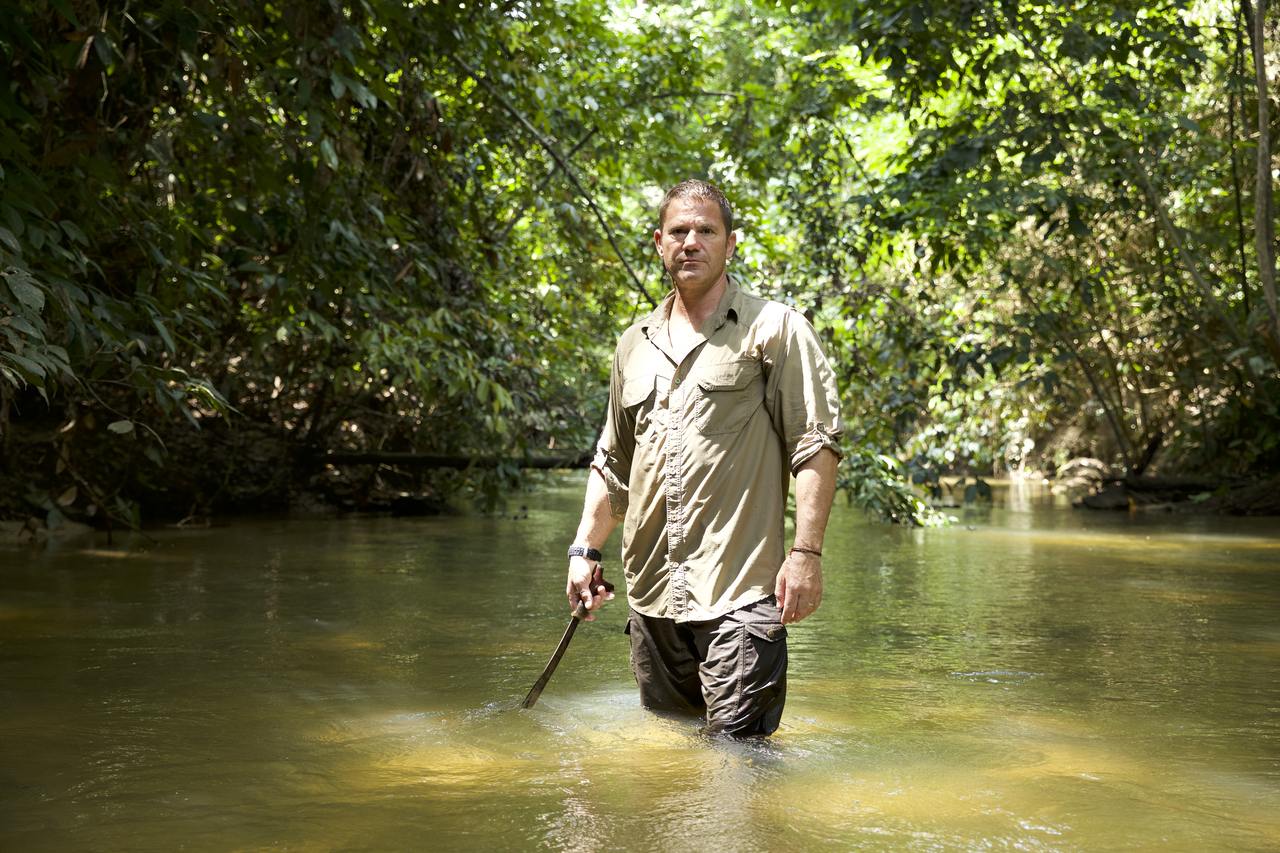Climbing Mount Kilimanjaro, trekking to Machu Picchu and rafting the Grand Canyon are firm favourites for those looking for adrenaline-fuelled adventures. So, what makes someone want to undertake these kind of adventures?
It turns out, according to a new study by TV channel Dave, that our appetite for adventure, risk and exploring is influenced by in part by our DNA.
Over eight in ten (84%) British adults under 40 choose experiences and adventures over traditional ‘fly-and-flop’ holidays and almost nine in ten (88%) now identify themselves as ‘adven-tourists’ and half Brits surveyed want to spice up their adventure with a little danger.

Adventure with a little danger
Statistical research carried out by Dr Geoff Ellis of 50 of Britain’s greatest ever explorers, including Sir Walter Raleigh, Sir Francis Drake, Ellen MacArthur and Mark Kingsley, examined shared characteristics and traits of adventurers through history.
Nine in ten (90%) Brits surveyed said that they think people are naturally born with an ‘Explorer Gene’.
So what do those said to have the ‘Explorer Gene’ have in common?:
It’s written in the stars
Explorers are most likely to be Aquarius, with Aries as the least common birth sign. Air signs (Aquarius, Libra and Gemini) were found to be the most likely to be adventurous.
Famous Aquarian explorers include Sir Walter Raleigh, Freya Starke, Ernest Shackleton and Henry Morton Stanley, whilst famous Librans include John Blashford-Snell, Isabella Bird and Mary Kingsley and Geminis include George Mallory and Robert Falcon Scott
Born in the countryside
People born in the countryside have been found to be more daring – 56% of famous British explorers hail from rural locations with 14% born in the county of Devon alone.
Examples of explorers born in rural locations include; Alexander McKenzie (born in Stornaway, Scotland), Captain James Cook (born in Marton-in-Cleveland, North East England), Robert Falcon Scott, Percy Harrison Fawcett (both born in Devon), Gertrude Bell (born in Washington Co Durham) and Ellen McArthur (born in Whatstandwell, Derbyshire).
At least thirty years old
30+ years has been found to be the best time to find fame as an adventurer as 80% of the British explorers undertook their most infamous expedition before the age of 40 with 46% completing their most well-known voyage between the ages of 30 and 39.
First born or the youngest but rarely the middle child
Middle children are the least likely to become explorers or be adventures. Firstborns or youngest children were found to be three times more likely to undertake adventurous paths in later life.
Examples of eldest children who grew up to become voyagers include Sir Francis Drake (eldest of 12 children), Marry Moffat Liningstone (eldest of 10), Gertrude Bell (eldest of 5) and Charles Stuart (eldest of 13 children), and youngest children include Sir Walter Raleigh (youngest of five) and George Vancouver (youngest of six)
Adventure trumps education
Explorers often have an interrupted education with 30% leaving University or school choosing instead to seek adventure in the wide world
Physical attributes

Explorer Steve Backshall – presenter of TV show Expedition.
Adventures are most likely to have dark hair and the average height of male explorers is over 3.5” inches higher than that of the population in general.
Ranulph Fiennes and Benedict Allen are both 6ft 4”, and historically Sir Walter Raleigh and Admiral Sir John Hawkins were 6ft, at a time when this would have been considered an exceptional height.
Hipsters will be pleased to note that over half (57%) of the explorers studied sported some form of facial hair.
Note: Research commissioned to mark the launch of new series ‘Expedition with Steve Backshall’ on TV channel Dave, airing Sunday nights at 8pm

Expedition with Steve Backshall – Episode 06 Borneo Dark Shadow. Steve is using a traditional parang to clear a path for the boats on the journey up the Marang River.

